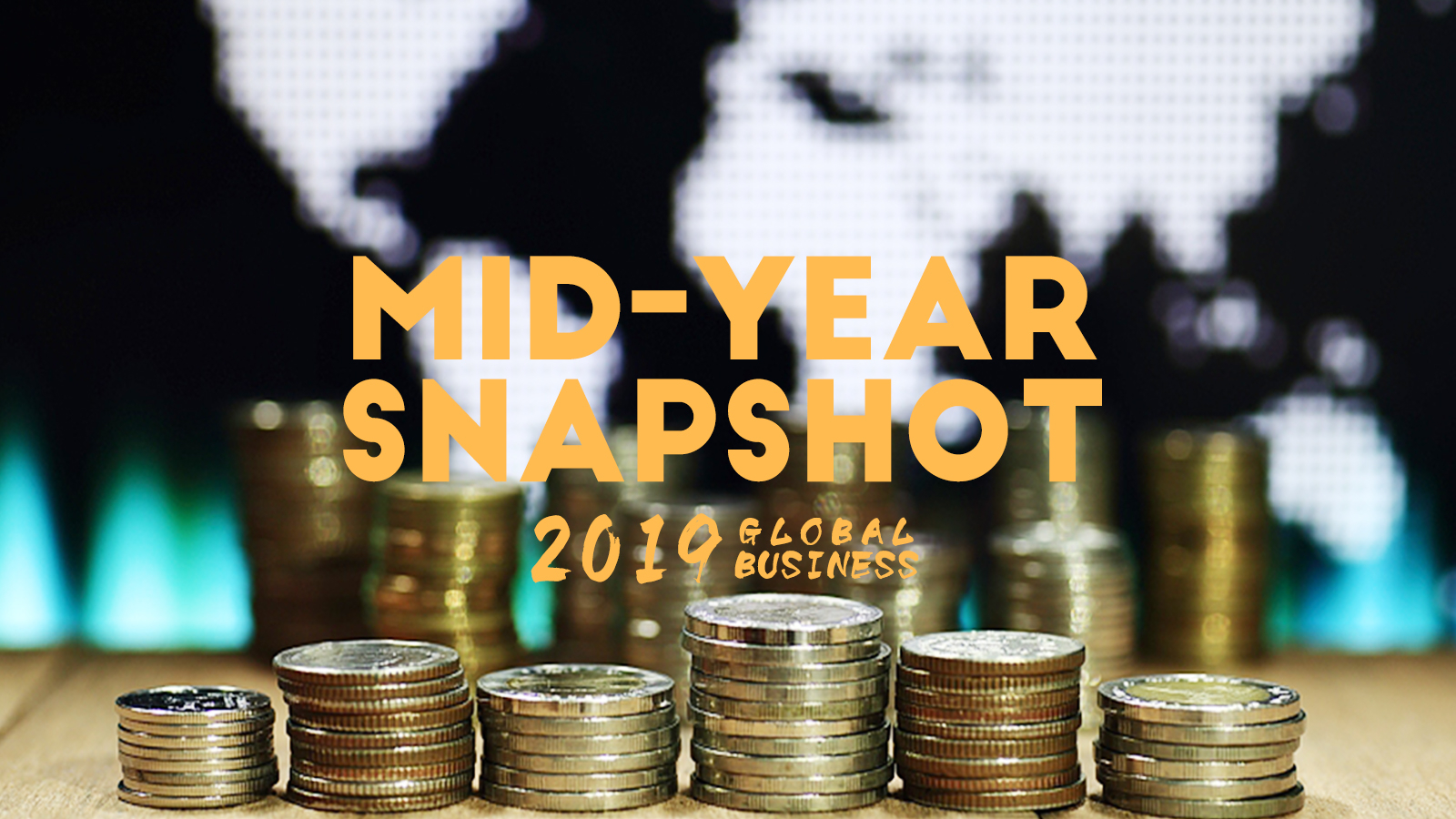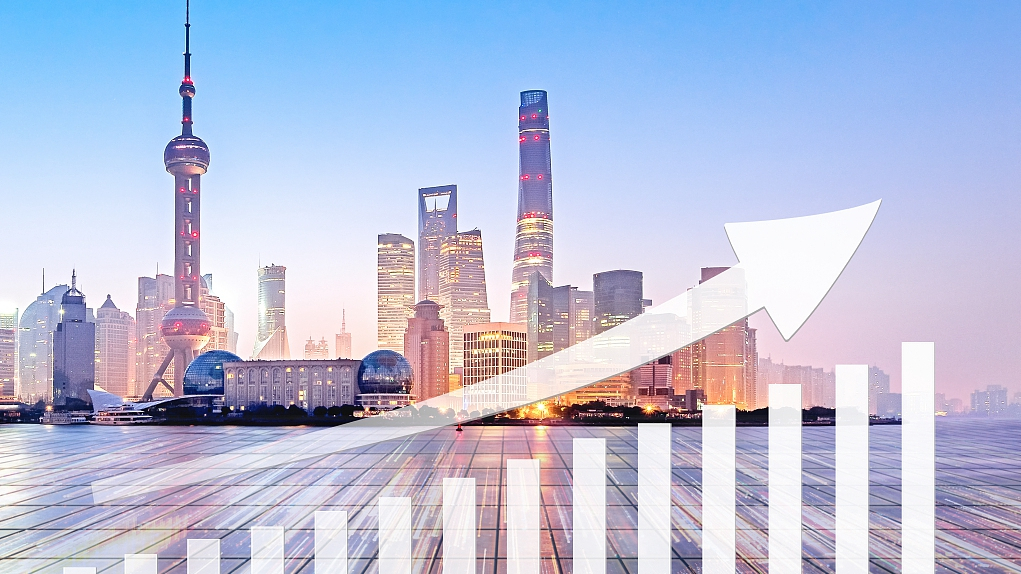

China's foreign direct investment (FDI) flows grew 6.8 percent in the first five months of 2019 against the backdrop that global FDI had fallen by double-digits in 2018. The host country benefit from FDI flows in terms of higher-quality jobs, sparks productivity and diversifies revenue streams for the investing company. So how's the big picture looking when it comes to investing in China and in overseas market?
At the Second Belt & Road Forum for International Cooperation held in Beijing in April, Chinese President Xi Jinping reiterated China will further open up more sectors including modern services, manufacturing and agriculture, and will accelerate the implementation of the foreign investment law.
China's new foreign investment law is a framework to strengthen protection of foreign capital and intellectual property rights, as well as promoting greater and easier access to a rapidly growing consumer market. Tesla is one of those benefiting from the open policies and set up the firm's most advanced Gigafactory in Shanghai.

VCG Photo
Though facing the specter of protectionism, rising concerns about globalization, and the uncertainties all of these factors bring to businesses, Joerg Wuttke, president of the EU Chamber of Commerce in China, commented the headwind has limited impact on China's long-term growth. The key for many multinationals is to balance the short-term uncertainty from trade disputes with the long-term potential of the Chinese market.
The first five months of 2019 saw Chinese companies invest in 149 countries and regions abroad embrace over 3,000 enterprises. Chinese outbound direct investment (ODI) into the manufacturing sector of host countries surged 16 percent.
Obviously, investment and trade are two sides of the same coin, complementing each other to create a virtuous cycle of development, as China invests in the Belt and Road countries.

VCG Photo
"In the first six months, China's outward FDI and even import and export to those East Asian countries increased pretty fast. And this is basically because we got a very good FTA (Free Trade Agreement) with ASEAN 10+1 agreement in 2010," said Yu Miaojie, Professor of Peking University and deputy dean at National School of Development.
China is still the largest investor in the least developed countries, creating jobs in countries from Laos to Ethiopia. The investment in Belt and Road countries occupies a growing portion of Chinese outbound direct investment, which constitutes nearly 13 percent of China's total ODI now. With a new foreign investment law set to increase market access and the pace of ODI catching up to FDI, China stands ready to contribute its share to support global investment flows.

Copyright © 2018 CGTN. Beijing ICP prepared NO.16065310-3
Copyright © 2018 CGTN. Beijing ICP prepared NO.16065310-3